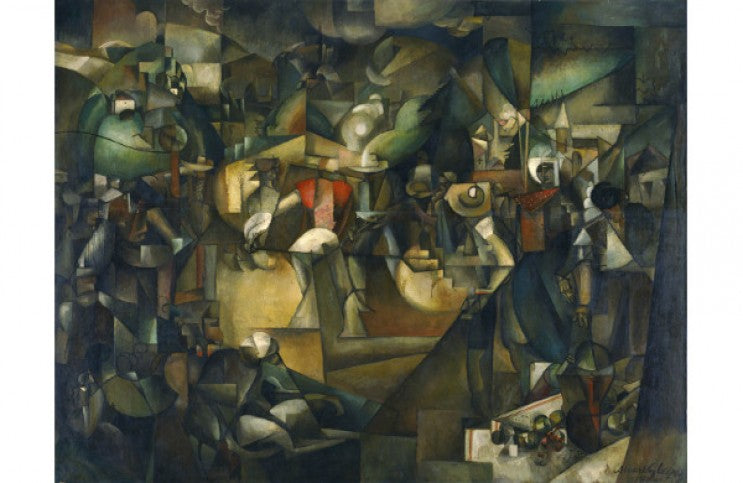
Articles That You May Like

Auguste Herbin: The Architect of Abstraction and His Lasting Legacy
Auguste Herbin, born on April 29, 1882, in Quievy, France, was a major figure in the abstract art movement, especially during the first half of the 20th century. He is known for his role in develop...
Read more
Minimalism in Abstract Art: A Journey Through History and Contemporary Expressions
Minimalism has captivated the art world with its clarity, simplicity, and focus on the essentials. Emerging as a reaction against the expressive intensity of earlier movements like Abstract Expres...
Read more
Notes and Reflections on Rothko in Paris by Dana Gordon
Paris was cold. But it still had its satisfying allure, beauty all around. The grand Mark Rothko exhibition is in a new museum in the snowy Bois de Boulogne, the Fondation Louis Vuitton, a flashy ...
Read more


